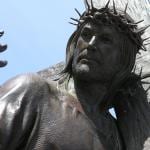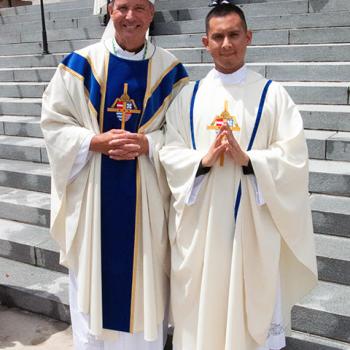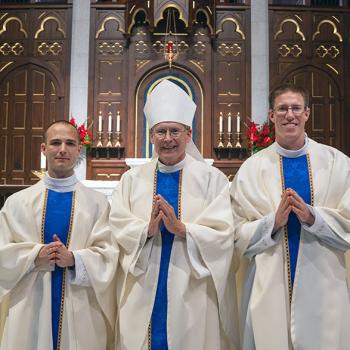A canonical analysis assists the interpreter with interpretation by looking to what is near to the passage. In the case of 1 John, we can initially look to the other Johannine epistles of 2 and 3 John. Though the passage selected is 1 John 1:1-10, it is necessary to look a little deeper into 1 John of purposes of the analysis. For example, 1 John 2:19 discusses those who went out from the community. This language is also echoed in 2 John 7 which also echoes that those who do not believe that Jesus came in the flesh are antichrists[1]. One aspect of canonicity can be seen in the passage selected for this paper. John takes great joy in seeing that people are walking in the truth and this can be seen in 1 John 1:3-4 and 2 John 4. The fellowship mentioned in 1 John 1:3 was the same fellowship extended by the Apostle Paul in 1 Corinthians 10:16-17. Is there any link with these two letters to 3 John?

1 John And Its Connections
There is in fact many connections between 2 John and 3 John. For example, 2 John 4 and 3 John 4 both express the joy of the writer for those who are “walking in the truth” and they also address the mysterious elect lady[2]. This is important because the three letters have so many connections that it is safe to assume that they have a common author. Some may question canonicity of 1 John because of the absence of a greeting a closing statement in the letter. Though this issue was dealt with in the literary analysis, we must remember that the letter to the Hebrews is also missing those elements. Therefore, it is not unheard of for something to be canonical and not follow established rubrics.
Another link to canonicity is the linkage between 1 John 5:13 and John 20:31. Assurance of salvation, not in the strict sense as taught by Protestants, is taught in 1 John 5:13 through those who believe in the true Jesus. Coincidentally this is what the Gospel of John teaches in 20:31. There are many links between 1 John and the rest of the canon, and the letter was never disputed.
1 John And The Early Church
Raymond Brown is of the opinion that 1 John was not quoted unambiguously until 175[3]. Though Brown is a highly respected scholar, there is evidence that this was not the case. There is evidence of Papias and Polycarp quoting the book, even if loosely, in the early second century[4]. What is more interesting is that the letter of 1 John was always seen as canonical. In fact, Eusebius included the letter is his list of acknowledged books called homologoumena[5].
The first direct quotations from the letter appear in the great work of Irenaeus titled Against Heresies, and this work also cites 2 John[6]. This makes sense since this early church father was taking the Gnostic heresy to task for denying the hypostatic union, though that term had not been coined yet[7]. It is clear that Polycarp was aware of the letter before 150[8] and the letter was always included in the earliest canonical lists such as the Muratorian fragment and the lists at the councils of Rome and Carthage[9].
Works Cited
[1]. Kruse, Letters of John, 14.
[2]. Ibid.
[3]. Ibid., 15.
[4]. Duvall and Hays, The Baker Illustrated Bible, 1285.
[5]. D.A. Carson and Douglas J. Moo, An Introduction to the New Testament (Grand Rapids: Zondervan Academic, 2005), 682.
[6]. Kruse, Letters of John, 15.
[7]. David L. Allen, 1-3 John: Fellowship in God’s Family (Wheaton, IL: Crossway, 2013), 19.
[8]. Raymond E. Brown, An Introduction to the New Testament (New Haven: Yale University Press, 1997), 389.
[9]. Carson and Moo, An Introduction To, 682.
















